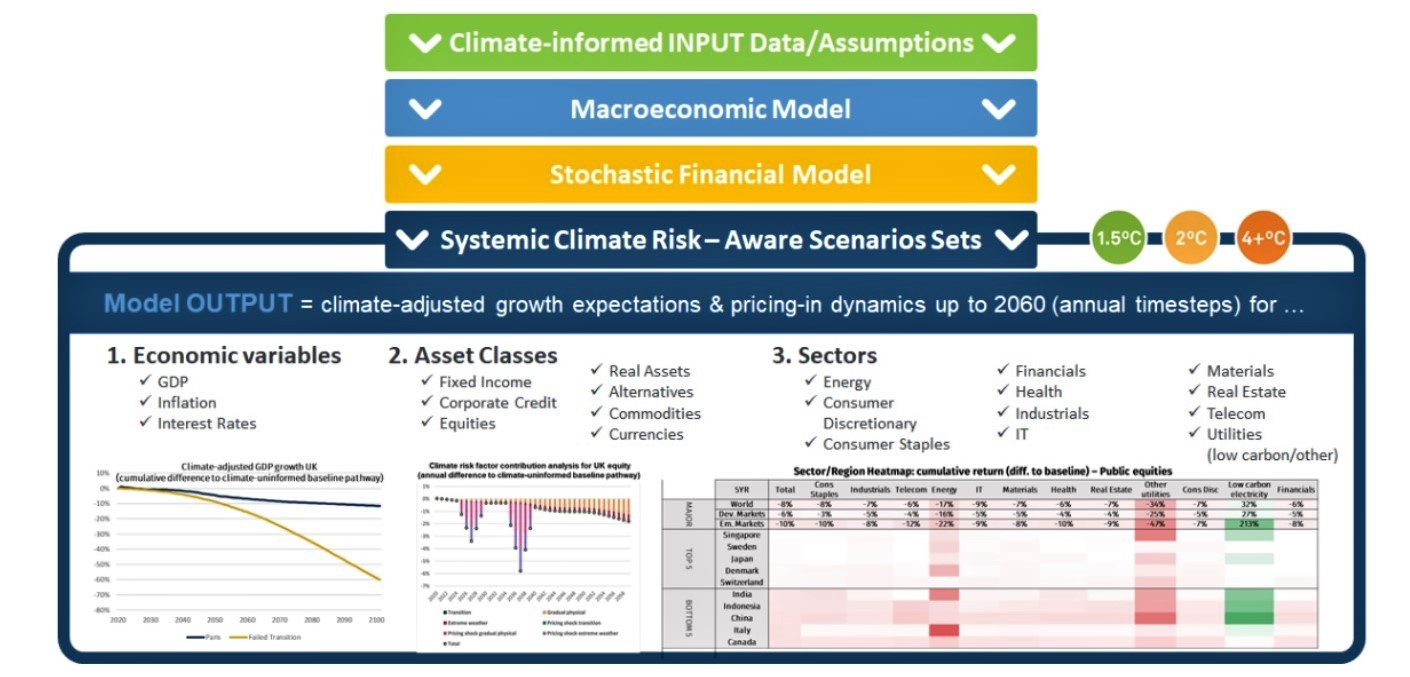Red Hat has joined OS-Climate -- a Linux Foundation platform launched in 2020 with the aim of building an open source platform and global data commons for investors seeking to integrate climate risk and opportunity factors into investment decision-making -- in the latest boost for the hugely ambitious project, which also attracted Goldman Sachs as a marquee member in February this year. (OS-Climate has attracted several heavyweight members since its launch: Allianz, Amazon, Microsoft and S&P Global are among its founding partners.)
The open source enterprise software company will "provide technical acumen and resources to help OS-C build a data commons that serves as an open data ingestion, processing and management platform for members to collaborate on standardizing and improving the accuracy of corporate climate and environmental, social and governance (ESG) metrics," Red Hat said in a September 8 release. (Red Hat's former CTO Michael Tiemann has long been heavily involved in the project; covered by The Stack in some depth at its launch here).
As Chris Wright, Red Hat's current CTO noted in a release: "Developing a common way to understand and model the impact a business has on the climate is the kind of challenging endeavor best suited to broad-scale industry collaboration. By bringing our technical and community expertise to OS-Climate, we’re able to help bring open, collaborative standards to bear to help tackle one of the world’s most critical issues.”
What is OS-Climate?
Climate risk analysis and truly net zero aligned ESG integration are notoriously hard to achieve. OS-Climate's heady goal is to "accelerate development of scenario-based predictive analytic tools and investment products that manage climate-related risk and finance climate solutions across every geography, sector, and asset class".
It aims to do this by a) building an open source community with a global data commons (donated by members Allianz, State Street, Jupiter Asset Management S&P Global and others); b) providing open source models that can support “top-down” and “bottom-up” analysis that informs climate-related risk and opportunity for investors across multiple transition pathways; c) help inform climate-risk aware asset re-allocation; align portfolios with temperature and emissions targets, and support climate-aligned stress testing, risk management, as well as the design and execution of benchmarks, strategies and products by the broader community.
(Kara Mangone, Global Head of Climate Strategy, Goldman Sachs, described OS-Climate crisply this week as a "one-stop shop for essential information and collaborative analytics will enable clients and other stakeholders to more effectively measure progress and accelerate climate investment.”)
As Rim Tehraoui, Chief Data Pfficer, BNP Paribas Group (also an OS-Climate member) puts it: "Having a single global ecosystem where investors, companies, policy-makers and other actors can collaborate with the same data and analytics tools creates opportunities to drive much needed industry convergence and acceleration on climate-related analysis. It is extremely encouraging to have an actor such as Red Hat bringing its wealth of experience in open source technology to help us build a fully portable open climate data platform.”
Getting corporate data...

As Tiemann told us late last year: "One of the things that is a great challenge is getting the corporate data. There are a number of standards and the corporations are kind of doing their best, more or less in working their way toward reporting that [ESG metrics]. But these reporting standards don’t necessarily mandate the kind of data organisation that makes it super easy to then plug it into an analytical tool.
“So if somebody if somebody discloses in their sustainability report, chapter and verse of all these different policy requirements and regulatory requirements, and they publish an essay in PDF… it might meet the ESG requirements, but it makes life very difficult for the person who tries to figure out, ‘OK, so how do I turn that into a number relative to this particular metric that we’re trying to compare across every different company?’
He adds: “Corporations on the on the one hand have tried to be responsive to these reporting requirements, but they also want to know when everyone’s going to settle on a standard that is as simple as ‘we did this much revenue, we did this much cost; here’s our net GAAP profits. Because not only are some of these reporting metrics not standardised, but they are not even that simple. So getting corporations to keep the faith, improve the quality and standardisation of their reporting – and in an open source-friendly way – is the biggest challenge.”
“But each month we’ve got a longer and longer roster of people who are who are signed up to chip away at the work in front of us. And the rubber is getting closer to really hitting the road.”
Running large open source projects, ensuring community engagement and retaining focus given ambitions are so broad can be challenging. And too often institutions are happy to put their names to a feel-good open source project but not commit time, developer resource, or old fashioned money. Red Hat's pledge to commit a team of eight solutions architects, data engineers and software engineers to the project along with community management resources to "help OS-C establish the proper infrastructure and collaboration processes to effectively engage its growing membership" looks like a huge boost as a result.
With so much ESG-related noise increasingly proving to be just that, OS-Climate's work looks more important than ever. Red Hat has promise dto bring an enterprise-grade data platform that supports members in managing complex data ingestion and processing flows using machine learning to the Linux Foundation project too. That may prove a critical step forward in helping the project provide an open, interoperable tooling that organisations can consume alongside their own workflows and internal processes; more rubber hitting more road.









